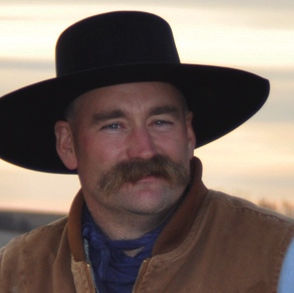Human trafficking is a serious problem but certainly one that is easy to not spend any time on unless you have personally been affected. At a recent conference Dr. Katherine Welch from Indiana had just returned from 20 years in Thailand and she shared what she witnessed regarding trafficking of both male and females. Within one week of that event, I was at the Maryland State Fair in a commercial booth when I got a very weird vibe about the situation. I asked the young lady if she was there on her own free will and she said she was. However, I later learned that she was not seen at the fair again, the booth was empty, and a criminal investigation was underway partially because I reported what I thought was a strange situation.
Those two events have moved me to keep a keen eye on issues of the like and do more investigative work in the topic. I have already determined that the greatest challenge in this arena is clearly that good people are reluctant to do anything so they turn a blind eye. Maybe it’s because we just don’t know what to look for or what to do when we suspect something is not right.
If you don’t believe how huge this issue is, simply go to your favorite search engine and type in “human trafficking.” The number of stories that are posted daily are mind boggling.
Here is where it really gets interesting and concerning at the same time. The latest 2021 U.S. Human Trafficking report by the federal government says there are 22% fewer criminal cases of human trafficking. I disagree with that report. Just because fewer charges are filed doesn’t mean the problem is getting less prevalent.
The feds do say there is a growing trend of more children involved in all human trafficking cases. Today it is reported that 30% of all cases involve minors and typically 93% of these are young girls exploited for sex. In the bigger picture, more adult males are involved because of the forced labor situations.
The National Trafficking Institute reported earlier this year:
“Of all the new trafficking victims reported last year, 64% were sex trafficking victims, and 36% were forced labor victims. A whopping 93% of forced labor victims were foreign nationals trafficked into the United States. Most forced labor trafficking victims were coerced with fraudulent job and visa promises.”
Again, all of this data is gathered only by actual arrest and convictions, which may or may not be an accurate snapshot of the whole problem. At the end of the day here is a good bit of advice that I picked up because of a recent human trafficking event in Lawton, Oklahoma, called Red Cord Freedom. Organizers had a theme directly from the bible and they summarize it very well like this:
Salt and Light (Matthew 5:13-14)
“You are the salt of the earth. But if the salt loses its saltiness, how can it be made salty again? It is no longer good for anything, except to be thrown out and trampled underfoot.
“You are the light of the world. A town built on a hill cannot be hidden. 15 Neither do people light a lamp and put it under a bowl. Instead they put it on its stand, and it gives light to everyone in the house. 16 In the same way, let your light shine before others, that they may see your good deeds and glorify your Father in heaven.”
It’s time the salt of the earth helps shed some light on this horrendous suffering and help put a stop to the trafficking of human beings for any reason.
Editor’s note: The views expressed here are the author’s own and do not represent the views of High Plains Journal. Trent Loos is a sixth generation United States farmer, host of the daily radio show, Loos Tales, and founder of Faces of Agriculture, a non-profit organization putting the human element back into the production of food. Get more information at www.LoosTales.com, or email Trent at [email protected].

